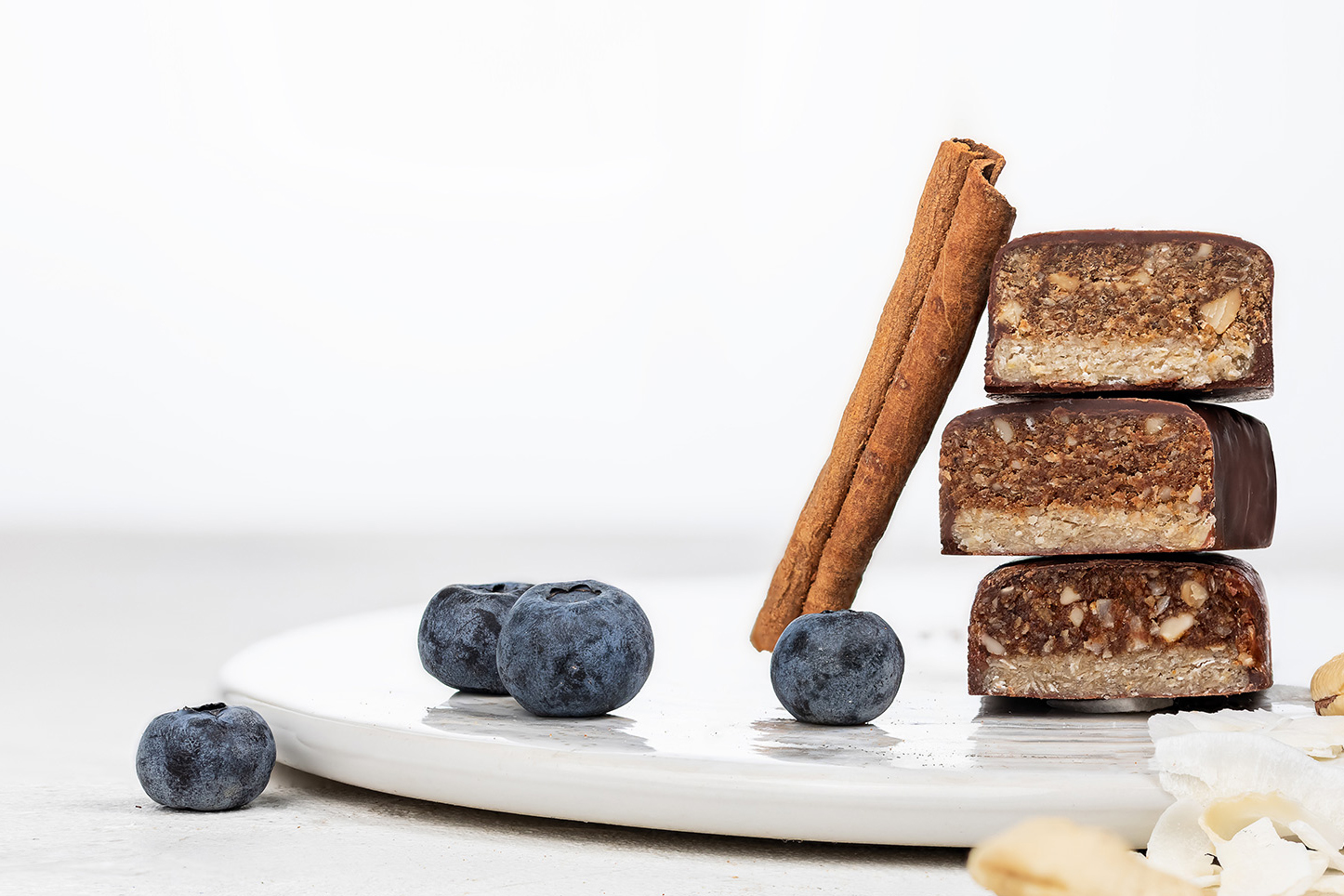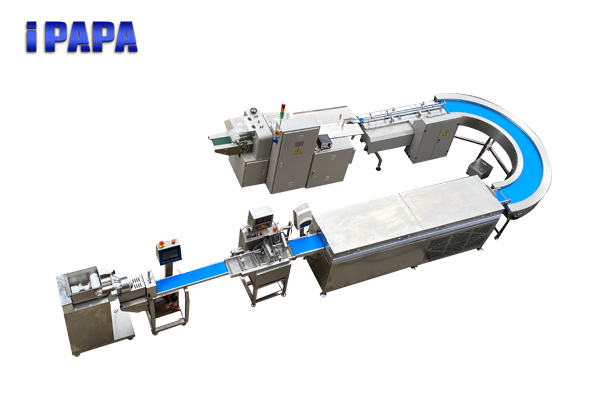The global protein bar market has surged in recent years, fueled by rising health consciousness, fitness trends, and the demand for convenient nutrition. But as entrepreneurs eye this booming sector, a critical question arises: Is the protein bar business truly profitable?Let’s break down the factors influencing profitability, challenges, and opportunities in this competitive industry.

1. Market Growth and Demand
The protein bar industry is thriving. Valued at $4.5 billion in 2023, it’s projected to grow at a compound annual growth rate (CAGR) of 7-9% through 2030, driven by:
Health and Fitness Trends: Increased gym memberships, veganism, and interest in high-protein diets.
Convenience Culture: Busy lifestyles demand portable, nutrient-dense snacks.
Product Innovation: Bars now cater to niches like keto, plant-based, low-sugar, and functional ingredients (e.g., collagen, probiotics).



These trends signal strong demand, but profitability hinges on navigating a crowded market.
2. Competition and Market Saturation
The sector is highly competitive, dominated by giants like Clif Bar, Quest Nutrition, and RXBAR, alongside startups and private-label brands. Key challenges include:
- Brand Loyalty: Established players enjoy customer trust, making it hard for newcomers to gain shelf space.
- Price Wars: Mass-market brands compete on cost, squeezing margins.
- Innovation Pressure: Consumers expect novel flavors, clean labels, and sustainable packaging, raising R&D costs.
However, differentiation through niche targeting (e.g., vegan athletes, kids’ protein bars) or premiumization (organic, ethically sourced ingredients) can carve out profitable segments.
However, differentiation through niche targeting (e.g., vegan athletes, kids’ protein bars) or premiumization (organic, ethically sourced ingredients) can carve out profitable segments.
3. Production Costs and Margins
Profitability depends on balancing production expenses with pricing strategies:
- Raw Materials: Protein sources (whey, plant-based), nuts, and sweeteners are volatile in cost. For example, whey protein prices rose 15% in 2022 due to supply chain disruptions.
- Manufacturing: Outsourcing production reduces upfront costs but may limit control. In-house facilities require significant capital for equipment and certifications.
- Packaging and Marketing: Eye-catching, eco-friendly packaging and digital marketing (social media, influencer partnerships) add expenses but are critical for brand visibility.
Post time: May-23-2025
